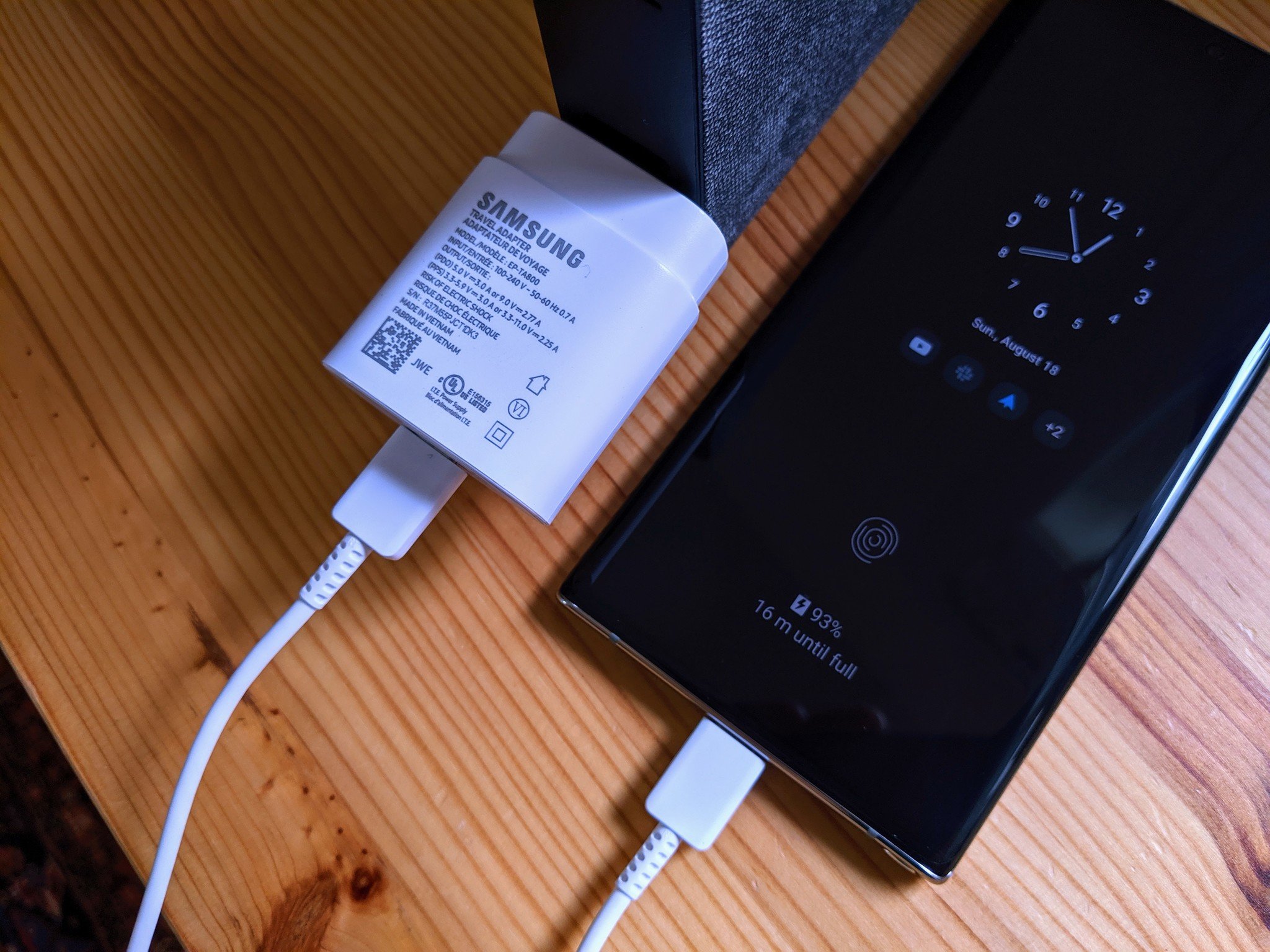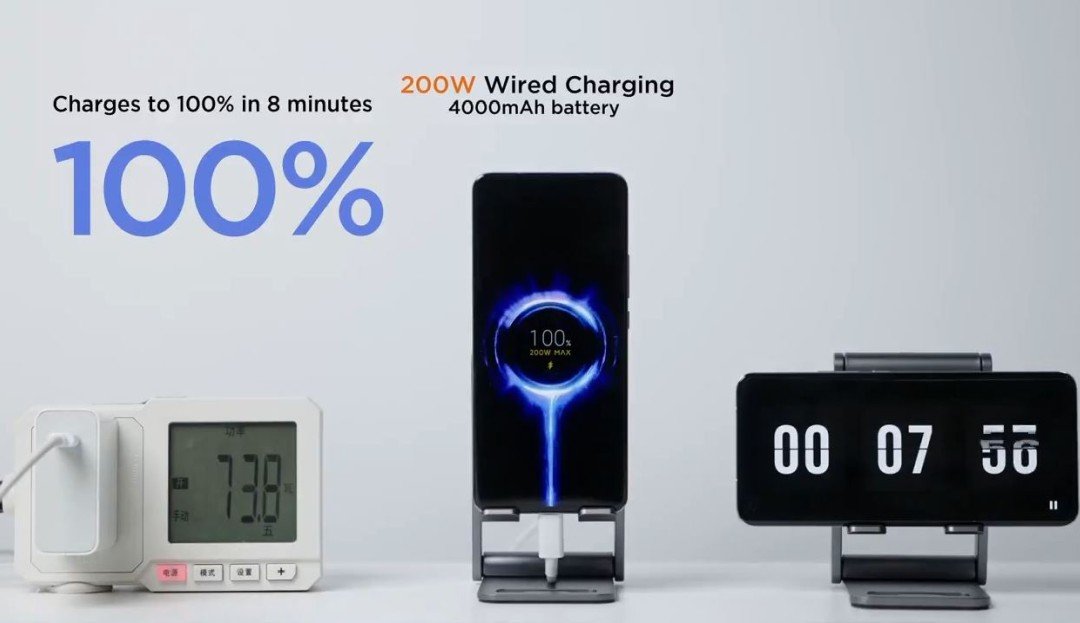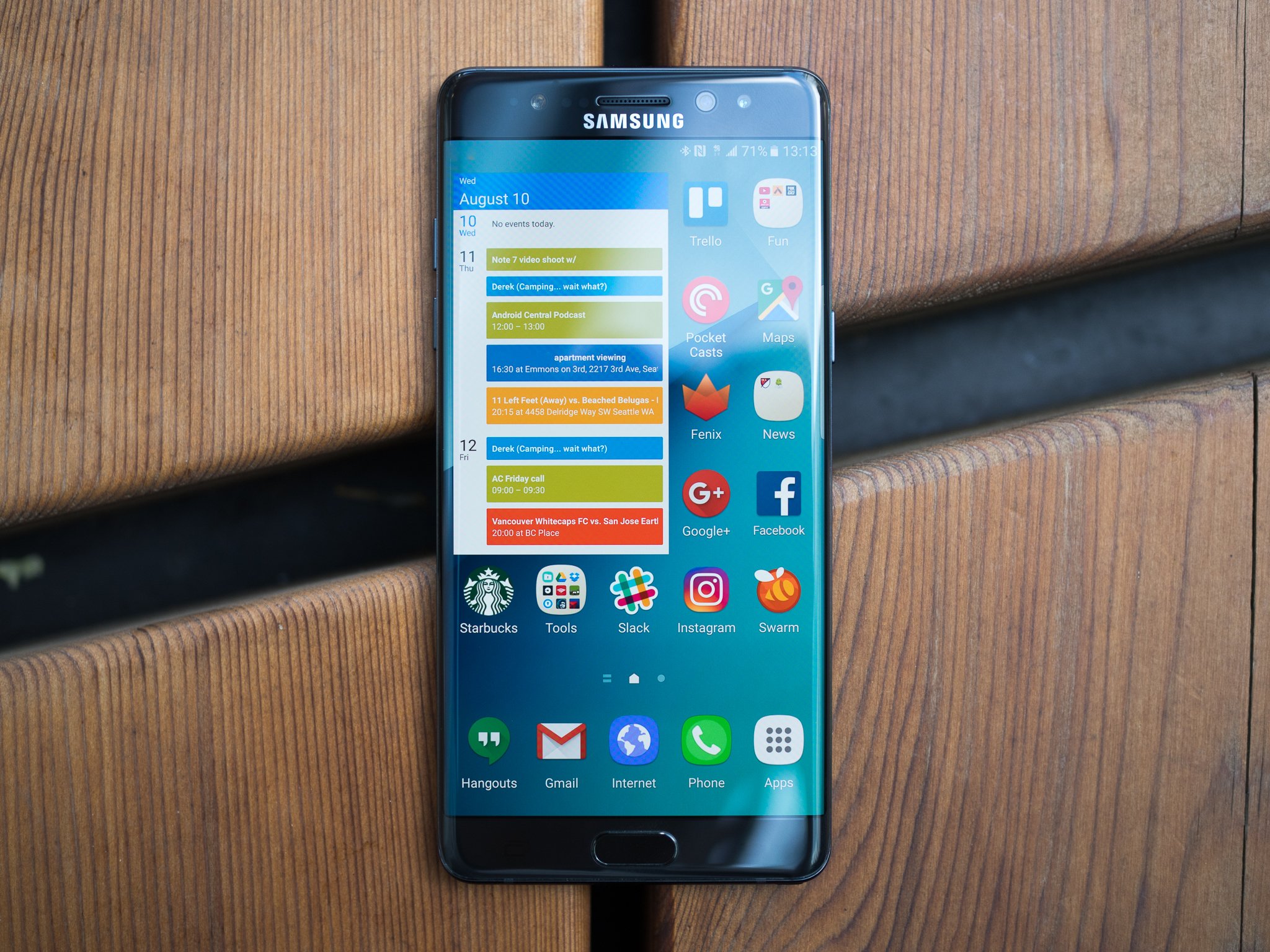Samsung has been stuck on 25W charging on most of its flagships. It's time we start getting at least 65W.
Over the past couple of years, smartphone charging has become arguably one of the most important yet underrated smartphone features. Companies such as OPPO, OnePlus, ASUS, and more have more or less made 65W charging something of a standard, enabling it on some of their best Android phones. However, Samsung, one of the biggest smartphone manufacturers globally, has fallen surprisingly behind when it comes to faster charging, and it's about time the company steps it up for next year's Galaxy S22.
It's no easy task
Increasing battery capacity isn't an easy feat and has been a challenge that researchers have been trying to solve for some time. Sure, smartphone OEMs have slowly managed to stuff larger batteries into their phones, but it can only go so far without making the device unwieldy and thick (I'm looking at you Energizer). That's why companies have largely focused on charging speeds as a roundabout solution; if your battery doesn't last long, at least it'll charge fast enough that it might not matter.
If you look at phones like the OnePlus 9 Pro, you'll find impressive claims of reaching a full charge in just half an hour, thanks to the company's 65W charging. Then you look at Xiaomi, which just launched its new HyperCharge technology with the new Xiaomi 11T Pro which provides nearly double the wattage at 120W. Xiaomi claims a full charge of the 11T Pro's 5,000mAh battery in just 17 minutes. Meanwhile, Samsung has launched some of its most expensive smartphones, the Galaxy Z Fold 3 and Galaxy Z Flip 3, both of which charge at a measly 25W and 15W, respectively.
25W charging is usually fine... until it isn't.
I own a Galaxy Note 20 Ultra myself, and it takes well over an hour to fully charge its 4,500mAh battery with 25W charging. There are many times when that's perfectly fine, and I hardly notice just how long it takes, but there are plenty of other moments where faster charging would be extremely helpful. It seems odd that Samsung, which prides itself on speed, would limit its best phones this way.
Of course, there's a lot for OEMs to consider when implementing faster charging speeds. With Xiaomi having just launched its wicked-fast charging tech, I asked the company's battery team about the challenges of adopting faster speeds.
The biggest challenge with increasing charging speed in smartphones is, of course, ensuring safety, which is why we test our batteries thoroughly and protect them with a slew of safety features. In fact, the Xiaomi 11T Pro battery packs 34 of those features.
Among the listed safety features, more than a few were related to temperature protection. This, along with long-term battery degradation, are the main concerns when it comes to charging. Xiaomi highlighted this when it first demonstrated its HyperCharge tech at a whopping 200W. It was able to fully charge a 4,000mAh battery in just eight minutes, but the company noted that it would result in the battery maintaining roughly 80% of its capacity after 800 charges, or roughly two years. This result is similar to what the company claims with its 120W charging, yet Xiaomi has notably held off on bringing the faster charging speeds with the 11T, suggesting there may still be some things to work out.
It's a multilayered approach, where each variable is equally important. It includes a combination of new approaches to battery design, materials, and technologies.
Xiaomi uses a dual charge pump, dual-cell battery approach, not too unlike the OnePlus 9 Pro, which adjusts the voltage and amperage to optimal levels, thus overcoming conventional voltage limitations.
This phone can maintain a high current for longer by sharing the wattage with the dual charge pumps.
In addition, as a single battery is limited to just 5 volts, the dual-cell battery structure is needed to double the available input.
However, Xiaomi is very much at the high-end of the spectrum, along with a few other OEMs that are pushing charging speeds to new heights. Samsung can barely get past 25W wired charging, so I don't expect it to make the jump to 120W any time soon. But 65W should be in the realm of possibility for the company, at least according to one analyst.
Samsung's past — and present — may be holding it back
As one of the largest and best-selling smartphone OEMs globally, Samsung is more than capable of giving us faster charging speeds. However, the company has faced its share of battery drama with the Galaxy Note 7, which forced it to rethink its approach to battery technology and safety while likely deterring it from rocking the boat. That said, Samsung's past experiences are likely still holding the company back, according to Neil Shah, vice president at Counterpoint Research.
Samsung is likely still scarred by the Galaxy Note 7's battery issues.
"Since the Galaxy Note 7 debacle, Samsung has been taking calculated steps towards adding battery and charging capabilities." He says that the company has worked over the past three generations to increase capacity in its flagship and lower-tier phones to 5,000mAh and 7,000mAh, respectively, while continuing to bundle 25W charging with more models. Samsung has dipped in the 45W waters before, with devices like the Galaxy S20 Ultra, but the company's approach has been largely inconsistent and somewhat confusing.
However, Shah notes that while other OEMs already have a leg up on Samsung in both flagship and lower-tier charging speeds, it has more to do with the breadth of Samsung's product portfolio than the company's actual capability to bring faster charging.
Samsung has more than 200 active smartphone models and close to 1000 SKUs at a time vs. OPPO's 120 odd-models with 250 odd SKUs and Xiaomi's 130 models, 400 SKUs.
Samsung designs across the portfolio are now more and more fragmented – some series are designed and built in-house, but a rising number of the low-end models (A-, F-, M- series) are now outsourced to Chinese ODMs where Samsung has lesser design says as those models are cost-optimized for Samsung to increase profitability.
Because Samsung uses many different ODMs and chipsets across models and regions, it's harder for the company to standardize its charging speeds than it is to implement other features like OLED displays and 120Hz refresh rates. Even Xiaomi noted that one of its challenges was convincing "numerous compliance bodies in each market where the product will launch that the technology is absolutely safe."
Not only that, but there's the added cost of implementing, testing, and certifying Programmable Power Supply (PPS) and USB Power Delivery (PD) standards across various regions, which could lead to higher costs in some of the company's best cheap Android phones.
The bottom line is that while Samsung may be capable of faster charging technology, there are so many hurdles to jump over that it starts to make sense why the company has stuck with the same 25W speeds for so long.
That said, things may finally change with the launch of the Galaxy S22 series, which has been rumored to feature faster charging speeds, although it could mean the return of 45W charging or a boost to 65W. Unfortunately, Samsung wasn't available to provide commentary before publication. However, Shah says it's "very likely that Samsung will expand the support for 65W fast charging for new models next year," but don't expect the charger to come in the box.
from Android Central - Android Forums, News, Reviews, Help and Android Wallpapers





0 comments: